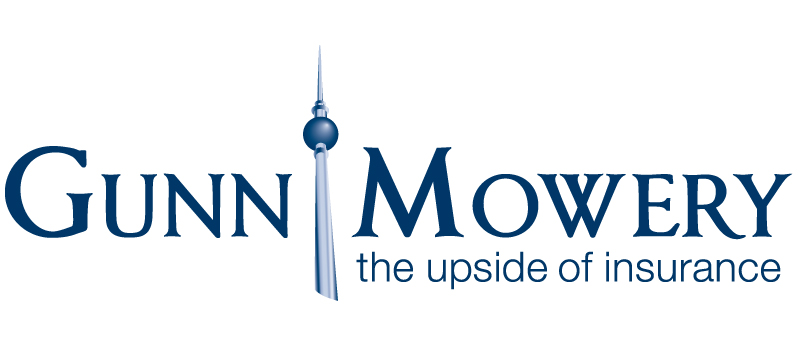It’s the Holiday season! Before you break out the space heaters and candles for decorating, take a moment to educate yourself on fire hazards that are hidden in your home. Read on to learn about five potential risk factors that could be hidden in your home and how to take action toward better home fire prevention and preparedness.
- Cooking Equipment: The kitchen may be the heart of your home, especially during the Holiday season, but cooking equipment is the leading cause of all home fires according to the National Fire Protection Association (NFPA). Cooking using the stove top, microwave or conventional oven can easily spark fires. Heat sources can catch flammable materials like oven mitts and hand towels on fire, cooking protein rich foods without caution can result in grease fires, fire and smoke damage and potentially toxic residue. Outdoor cooking equipment like deep fryers also pose significant risks.
- Always stay in the kitchen while food is cooking.
- Keep a fire extinguisher within easy reach in the kitchen.
- Keep flammable fabrics and other items away from all cooking appliance heat sources.
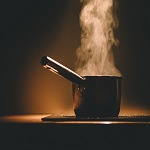
- Dryers: Dryers were responsible for over 90% of all residential fires involving washers and dryers between 2010 and 2014 according to the NFPA. The leading cause of home fires involving dryers is improper cleaning such as debris building up in the lint trap which can catch fire when exposed to the appliance’s heat settings.
- Clean out your lint trap or lint screen after EVERY use. It takes only a couple of seconds and can help stop a potential fire before it ever becomes a significant risk factor.
- Get your dryer professionally inspected on an annual basis. An expert will be able to access and check the vents and interior machinery for additional link buildup and fire risks.
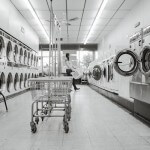
- Heaters: Flammable materials and dust bunnies near space heaters can easily ignite and create a quick-spreading fire. And while fireplaces may be designed to contain fire, they still require caution and regular maintenance to effectively manage flames, embers and smoke.
- Sweep dust bunnies regularly.
- Place your heater a minimum of 3 feet from all flammable items.
- Use the 1:1 rule–only plug one heating appliance into an electrical outlet at a time.
- Unplug appliances and completely put out fires in the fireplace before you leave home.
- Call a professional to check and clean your chimney at least once a year.
- Use a fireplace screen to prevent hot embers from flying out and catching your possessions on fire.

- Electronics and Outlets: So many of the gadgets and gizmos we use on a daily basis require electricity to operate. Outdated appliances, faulty outlets and damaged cords can all spark electrical fires and the risks are easy to miss if you aren’t looking for them.
- Do not use any cords with exposed or frayed wires.
- Do not run cords under rugs or carpets.
- Do not use bulbs that exceed the manufacturer’s recommended wattage for lamps and light fixtures.
- Use extension cords as needed so you only have one appliance connected to each outlet.
- Unplug electronics when not in use, including holiday lights.
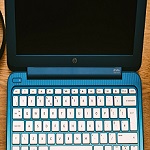
- Miscellaneous Hazards: Trash, old papers are dense clutter in areas like your garage, basement and attic create the perfect fuel for a fire. Pay close attention to other common, highly-flammable items you may keep in a garage or storage shed, including gasoline, chemicals and gases used for grilling. Household items, like improperly stored batteries and even glassware sitting in a beam of sunlight, can generate enough heat to ignite a fire. Candles are particularly easy to knock over or bump into, posing additional risk.
- Do not leave burning candles unattended.
- Clear clutter from garage, basement and attic spaces.
- Store glassware away from direct sunlight.
- Store unused batteries in their original packaging and recycle them appropriately after use.
- Keep flammable liquids in tightly-sealed metal containers and away from heat sources.
- Place outdoor cooking equipment at least 10 feet away from structures, trees or overhangs.
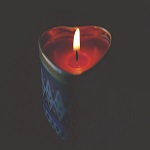
The Upside of Insurance
At Gunn-Mowery our customer-first attitude, technical knowledge and integrity are what sets us apart. With locations in State College, York & Lemoyne, we are well-positioned to service Central PA and beyond. Reach out to our team to learn more about the upside of insurance.
